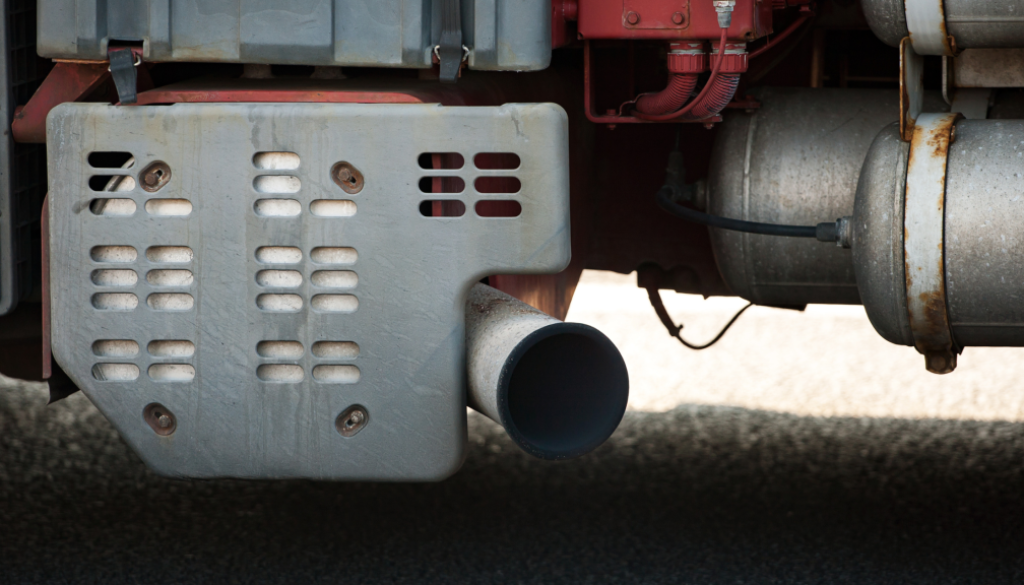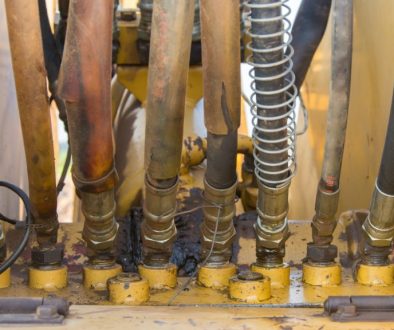For fleet owners, understanding the inner workings of a heavy truck exhaust system is vital for ensuring the longevity and optimal performance of your vehicles. The exhaust system plays a crucial role in directing harmful gases away from the engine while minimizing noise and keeping emissions within legal limits. Regular maintenance not only helps in avoiding expensive repairs but also enhances fuel efficiency and reduces the risk of engine damage. Neglecting this key component can lead to a host of issues, such as a decrease in fuel economy, higher repair costs, and legal consequences due to emissions non-compliance.
In this comprehensive guide, we’ll explore best practices for maintaining your truck’s exhaust system and how to troubleshoot common problems that might arise over time. By staying on top of routine checks and addressing issues early, you can prevent costly downtime and ensure that your trucks meet all environmental regulations. We’ll also provide expert advice and technical insights to help you maintain the efficiency and compliance of your fleet.
Understanding the Heavy Truck Exhaust System
What is the Exhaust System?
The exhaust system is a crucial component of any heavy truck. Its primary function is to guide exhaust gases away from the engine and into the atmosphere in a controlled and safe manner. A properly functioning exhaust system reduces noise, improves fuel efficiency, and ensures that the truck meets environmental regulations.
Key Components of the Exhaust System
The main components of a heavy truck exhaust system include:
- Exhaust Manifold: Collects exhaust gases from the engine cylinders and directs them to the rest of the system.
- Turbocharger: Enhances engine performance by forcing more air into the cylinders, increasing power output.
- Muffler: Reduces engine noise by dissipating sound waves as the gases pass through it.
- Diesel Particulate Filter (DPF): Captures and stores soot and other particulate matter from the exhaust gases, preventing harmful emissions from entering the atmosphere.
- Catalytic Converter: Transforms pollutants such as carbon monoxide and nitrogen oxides into less harmful emissions.
- Exhaust Pipes: Carry exhaust gases from the engine and components to the tailpipe.
The Importance of Regular Exhaust System Maintenance
Preventing Costly Repairs
Neglecting regular maintenance can lead to major exhaust system issues, which can be expensive to fix. For example, a clogged DPF can drastically reduce engine efficiency and may even require replacement, costing thousands of dollars.
Enhancing Fuel Efficiency
A well-maintained exhaust system helps improve fuel efficiency. If your exhaust system is not operating efficiently, it can result in poor engine performance, which in turn causes your trucks to consume more fuel.
Troubleshooting Common Exhaust System Issues
Faulty Turbocharger
If the turbocharger fails, your truck may experience a loss of power, sluggish acceleration, or increased exhaust emissions. Here’s how you can troubleshoot and resolve turbocharger issues:
- Check for leaks or cracks in the turbocharger housing or piping.
- Inspect the air filter to ensure it isn’t clogged.
- Listen for unusual sounds, like whistling or grinding, indicating internal damage.
- If necessary, replace the turbocharger or its components.
DPF Clogging
A clogged Diesel Particulate Filter (DPF) occurs when the DPF becomes overwhelmed with soot. If your truck is displaying a “DPF regeneration required” warning, take the following steps:
- Perform a manual DPF regeneration if the truck’s onboard system allows.
- Consider cleaning the DPF using specialized equipment if regeneration fails.
- Replace the DPF if cleaning is not effective.
Exhaust Leaks and Muffler Damage
Exhaust leaks and muffler damage are often caused by corrosion or physical impact. Symptoms include loud engine noise or a noticeable drop in engine performance. Here’s how to diagnose the problem:
- Inspect the exhaust pipes and muffler for visible holes or cracks.
- Perform a pressure test to check for leaks.
- Replace damaged components to prevent further issues.
Emission Control Regulations and Compliance
The Importance of Emissions Compliance
Heavy trucks must comply with strict emission regulations set by the EPA and other regulatory bodies. Non-compliance can result in fines, legal issues, and expensive retrofits.
The Role of the DPF and SCR Systems
- DPF: The Diesel Particulate Filter traps soot and particulate matter but must be regularly cleaned or replaced to avoid clogging.
- SCR: The Selective Catalytic Reduction system uses DEF (Diesel Exhaust Fluid) to convert NOx gases into harmless nitrogen and water vapor.
How to Ensure Your Truck is Compliant
- Regular Inspections: Schedule frequent exhaust system checks.
- Monitor Deficiency Codes: Check for system-generated deficiency codes to detect potential issues early.
- Maintain DEF Levels: Keep the DEF tank full to avoid increased emissions and engine performance issues.
Case Study: Exhaust System Repair at BFS Fleet Service
One of our clients, a regional logistics company, experienced frequent issues with exhaust backpressure in their fleet. We implemented a regular DPF cleaning schedule and performed inspections every 10,000 miles. After six months, the company reported significant improvements in fuel efficiency and reduced engine stress.
FAQs
- How often should I have my truck’s exhaust system checked? At least once a year or more frequently depending on usage.
- What are the signs of a clogged DPF? Decreased performance, check engine light, or increased smoke emissions.
- Can I clean my truck’s DPF myself? Manual regeneration is possible, but professional cleaning may be required if heavily clogged.
- What should I do if my truck’s muffler is damaged? Inspect for visible damage and replace it if necessary.
- How do I maintain the DEF system? Regularly fill the DEF tank and monitor for warning lights indicating system issues.
Taking Action to Protect Your Fleet
Maintaining your truck’s exhaust system is crucial for fuel efficiency, compliance, and reduced downtime. Implement a proactive maintenance schedule today to avoid costly repairs and legal issues.




